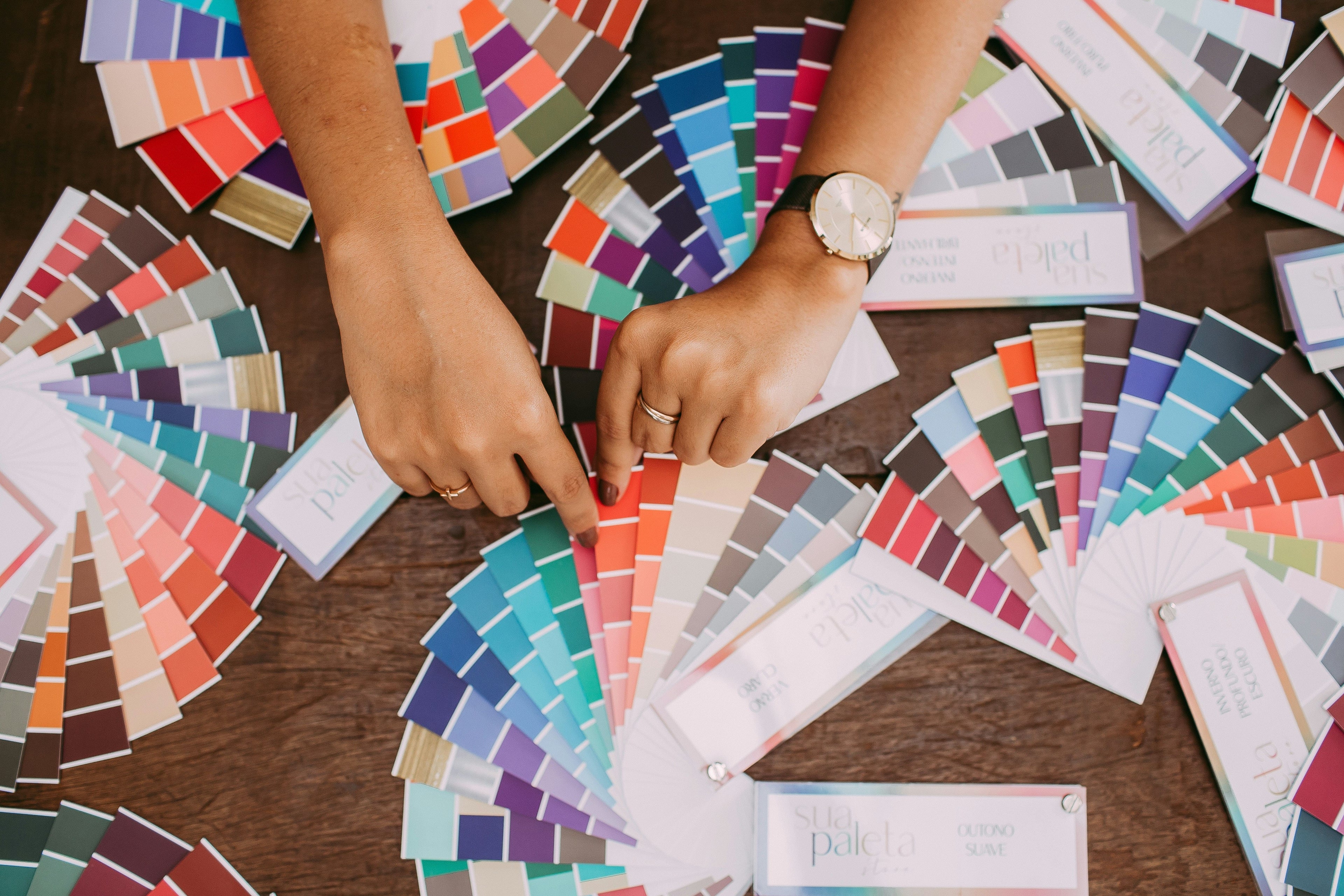What color should you paint your house? The first step toward a home that speaks volumes.
Choosing what color to paint your house isn't just a matter of aesthetics: colors influence our mood, our perception of space, and the overall harmony of the home. Furthermore, the right choice can visually enhance a room or even make it appear larger, warmer, or brighter.
What color can I paint my house according to each room?
Colors for the living room
The living room is a social area, so it's recommended to use welcoming and versatile colors. Shades like beige, light gray, or olive green create a sense of tranquility and combine easily with styles like Nordic or Mediterranean. If you're looking for something bolder, petrol blue or terracotta can add character without being overwhelming.
Colors for the bedroom
This is an intimate room where relaxation is paramount. Cool colors like light blue, lavender, or pearl gray are ideal for promoting relaxation. Off-white or sand also add warmth without detracting from the light.
Colors for the kitchen
Here you can indulge in a little more vitality. Yellow, apple green, or even bright white are perfect for bringing energy and freshness. You can also opt for neutral tones combined with wood or ceramic details.
Colors for the bathroom
White is a safe bet for creating a sense of cleanliness and spaciousness, but don't be afraid to play with soft blues, greens, or grays for a more sophisticated look.
Colors for children's rooms
Soft colors like mint green, powder pink, or sky blue stimulate creativity without disrupting sleep. You can pair them with children's textiles and furniture in neutral tones.
What each color conveys: color psychology in decoration
White
Clean, spacious, and pure. Ideal for small or dimly lit spaces. It works as a neutral base for any decorative style.
Grey
Balance, sobriety, and elegance. Perfect for modern or minimalist settings. Combined with wood, it creates very welcoming spaces.
Beige and earth tones
Warmth and a connection with nature. These are timeless tones that promote visual comfort and go with almost everything.
Blue
Relaxation, freshness, and depth. In dark tones, it brings sophistication; in light tones, it brings a sense of calm.
Green
Nature, balance, and well-being. Widely used in rooms where peace or concentration is sought, such as offices or bedrooms.
Yellow
Energy, optimism, and brightness. Recommended in small doses or in areas such as the kitchen or passageways.
Pink
Delicacy, harmony, and creativity. In powdery or terracotta tones, it can easily integrate into elegant or bohemian settings.
Black
Sophistication and contrast. Use it on details or specific walls to highlight architectural or decorative elements.

How to combine colors to paint your house
1. Use a neutral base and add accents
Choose a neutral color for main walls (white, light gray, or sand) and add a more vibrant color to a specific wall or in accessories like decorative pillows.
2. Apply the 60-30-10 rule
A classic decorating technique: 60% of the space should be a dominant color, 30% a secondary color, and 10% an accent color that provides energy.
3. Consider the orientation of the room
North-facing rooms require warm colors like beige, honey, or terracotta. South-facing rooms are better suited to cool tones like blue, green, or gray.
4. Get inspired by nature or textiles
A rug, a painting, or a blanket can give you the perfect combination. Use real objects as a starting point.
Common mistakes when choosing a color to paint your house
-
Choosing a color without testing it on the wall first.
-
Not taking into account natural and artificial light.
-
Paint the entire house with the same tone without nuances.
-
Using overly intense colors in rest rooms.
Frequently Asked Questions
What color is best to paint a small house?
Light tones like white, beige, or soft gray visually enlarge spaces and better reflect natural light. You can add accents in warm or plant-based tones to bring life without overwhelming the space.
What color can I paint my house if I want it to look modern?
Neutrals like light gray, off-white, or black accents pair well with a contemporary style. Add textures like wood or natural fibers to soften the effect.
How many colors can be used in a house without overloading?
We recommend using two to four main shades, combining a neutral base with one or two secondary colors and an accent. The key is to maintain overall color harmony.
Is it a good idea to paint each room a different color?
Yes, as long as the colors are related to each other. For example, using the same color scheme (cool or warm) or repeating a base color in different rooms helps maintain visual coherence.
Where can I find inspiration for painting my house?
In addition to social media and magazines, you can see examples of combinations and styles at Muare Home , where you'll find products and decor by room that will help you visualize the final result.


0 comments